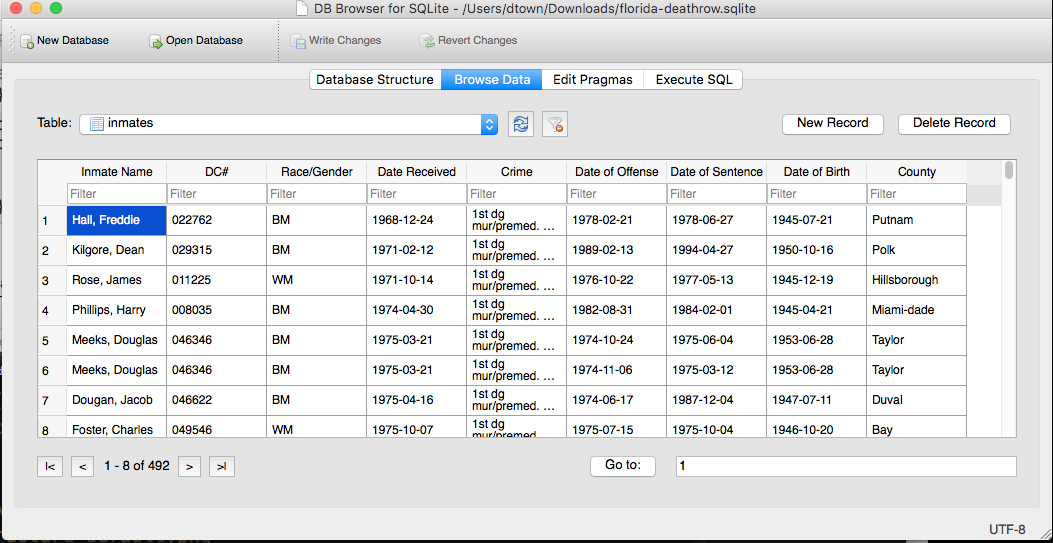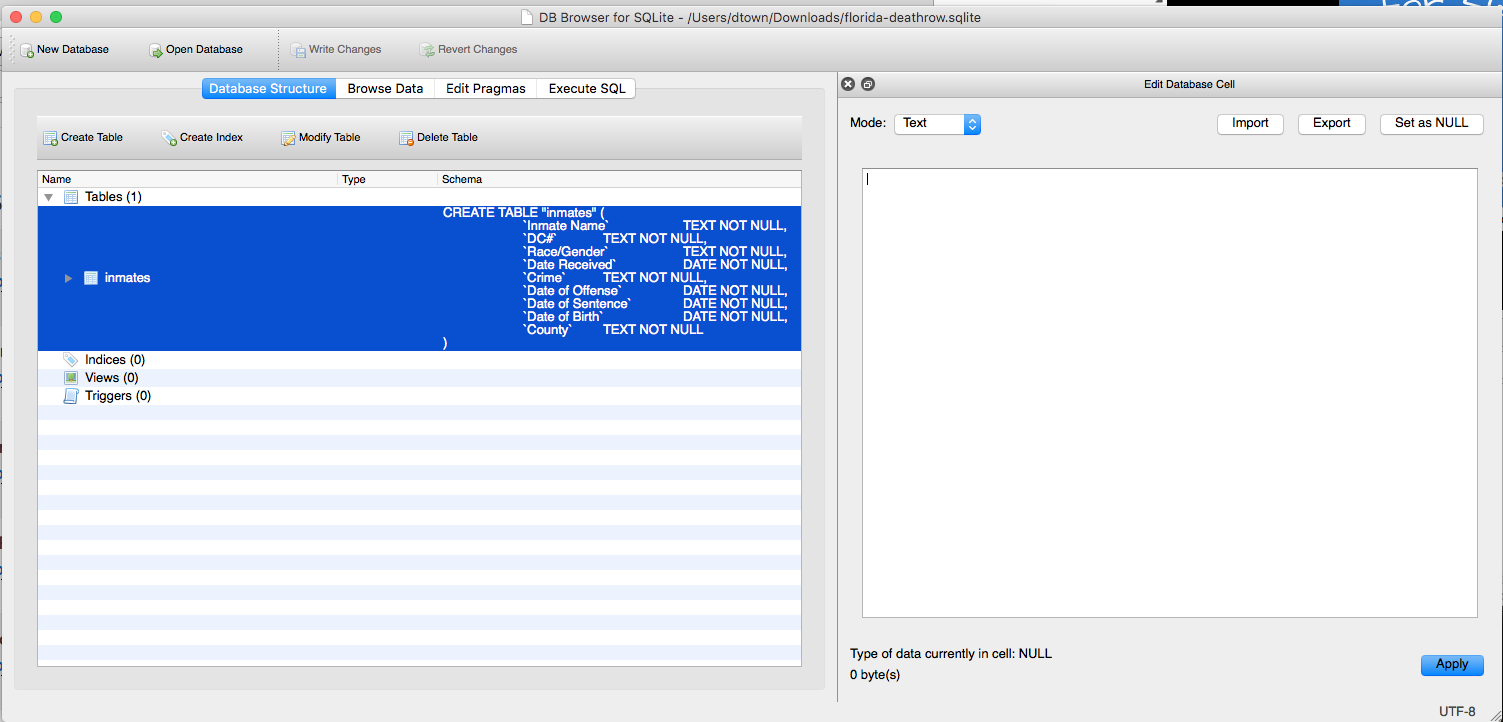

Going by DB-Engines Ranking that's updated monthly, in January 2019, SQLite was seen in tenth position.
#SQLITE CLIENT WINDOWS 10#
It's present in every Android device, every iOS device, every Mac device, every Windows 10 device, every Firefox/Chrome/Safari browser, every Skype/Dropbox/iTunes client, and most set-top boxes and television sets. It's been claimed that SQLite is the most widely deployed database in the world with over one trillion database instances worldwide. If a server-side database is desired, traditional databases such as MS SQL, Oracle or MySQL have intrinsic support for multi-core and multi-CPU architectures, user management and stored procedures. If more concurrency is desired due to many concurrent clients, SQLite is not suitable. Each write typically locks database access for a few dozen milliseconds. SQLite supports concurrent reads but writes are serialized. It's also not suited for high-volume websites, particularly for write-intensive apps. SQLite is not suitable for large datasets, such as exceeding 128 TiB. SQLite does not compete with client/server databases. Because SQLite packs data efficiently, it's faster than these commands. These commands are often used to manage various file formats such as XML, JSON or CSV, and there's a need to write parsers for these. It's suited for small or medium websites that receive less than 100K hits/day.Īpplications can use SQLite instead of file access commands such as fopen, fread and fwrite. It can still be used for web applications if managed by a web server. Using SQLite directly over a networked file system is not recommended. Even in enterprises, SQLite can stand in for traditional databases for testing, for prototyping or as a local cache that can make the application more resilient to network outages. Because it comes with a command line interface, it can be used for analysis on large datasets.
#SQLITE CLIENT CODE#
It has a small code footprint, uses memory and disk space efficiently, is reliable and requires little maintenance. What are the use cases where SQLite is a suitable database?įor embedded devices, particularly for resource-constrained IoT devices, SQLite is a good fit.While SQLite doesn't adopt a client-server architecture, it's common to call applications that read/write to SQLite databases as "SQLite clients". The file can be copied to any other platform be it 32-bit, 64-bit, little-endian or big-endian. Taking backup is just a file-copy operation. SQLite only requires read/write to some storage. There's no need for multitasking or inter-process communication support from the OS. The entire database–all tables, indices, triggers, views–is stored in a single file.īy eliminating the server, SQLite eliminates complexity. Database files are not directly accessed by client applications but via a database server. Traditional databases are based on the client-server architecture.

If (element.SQLite doesn't need a server and database is just a file. TableContent.push(" " + element.value + "") The problem is the documentation of that project is somewhat lacking, so you are left to Stackoverflow posts and issues on their GitHub project page to figure out the solution to what you need.įor (var j = 0 j " + lumn + "") ĬolMap = colHeaders.length Anyway there is sql.js, which is a javascript port of the Sqlite database, which could do what i wanted it to do. Turns out that there is a solution for this! Ever heard of emscripten? Funnily enough i had used it while doing my research to port the OpenCV library to javascript.

So my first reaction was, even if there is a solution to this, it surely cant be very efficient reading an entire Sqlite database client-side? well those were the requirements and there were some genuine reasons to back up those requirements, so i had to stop whinging and direct my efforts towards an actual solution. Read the contents of a Sqlite database client-side and present them in an HTML based GUI. Sqlite database using client-side Javascript very hard) to solve at first? well i did and not so long ago, and tuns out that there is a solution to it. Ever had one of those problems at work that seems almost impossible (i.e.


 0 kommentar(er)
0 kommentar(er)
